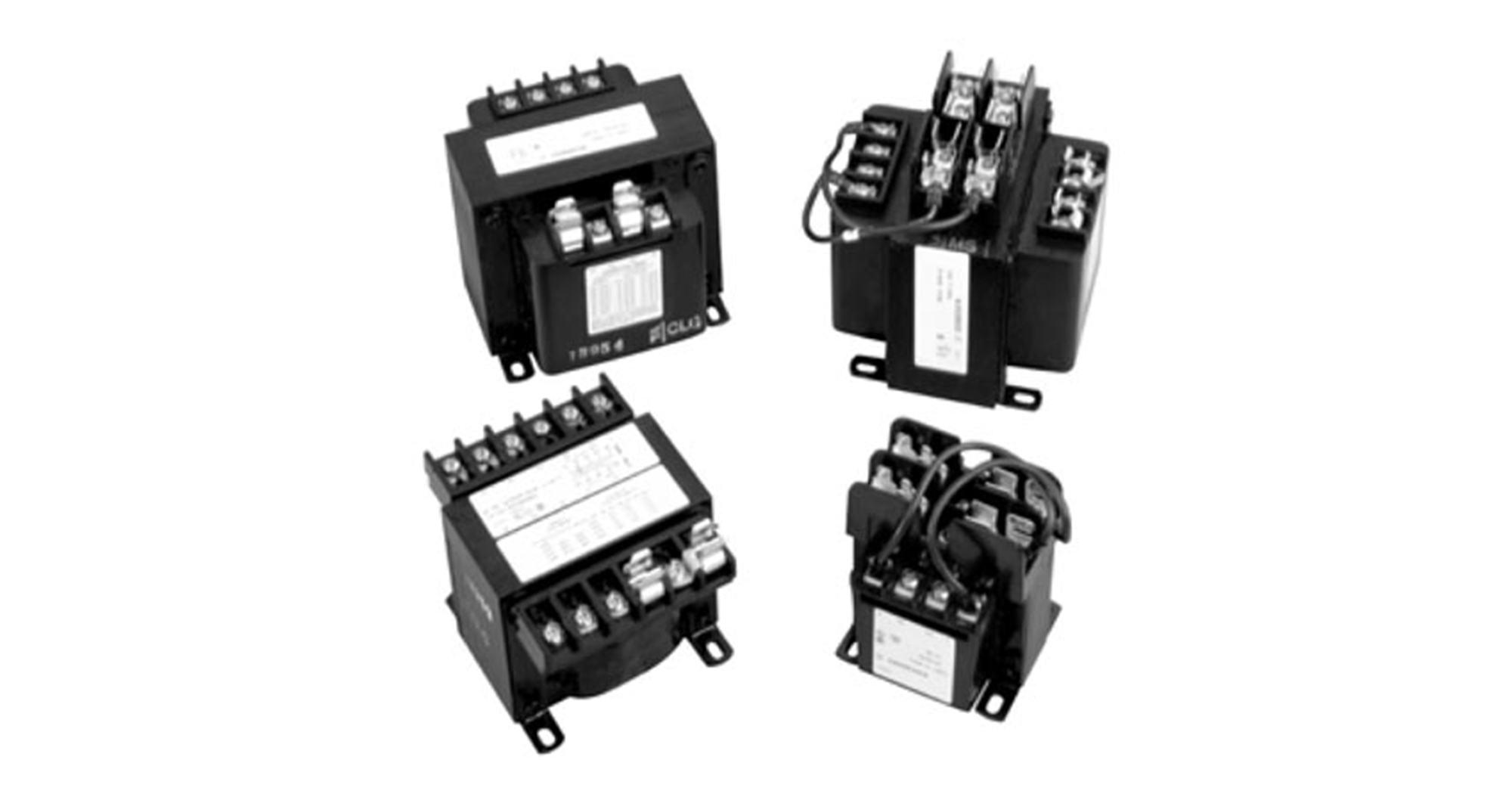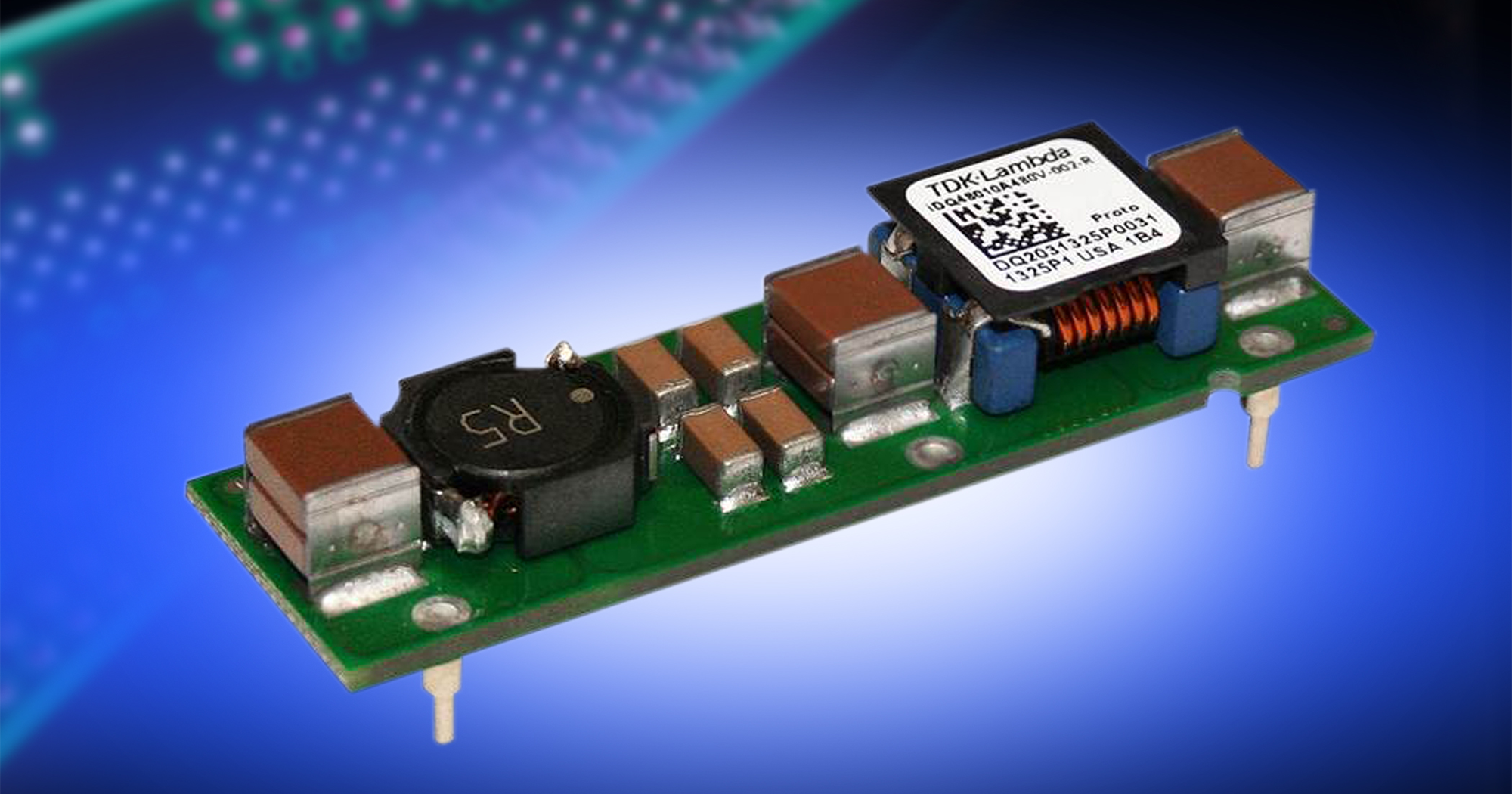The Impact of Frequency Response on Speaker Sound Quality
When choosing a speaker for your application, whether it’s for professional audio systems, consumer electronics, or industrial use, one crucial specification often highlighted is the frequency response. But what does this term really mean, and how does it relate to the sound quality of a speaker? Understanding this concept is vital for procurement professionals, engineers, and electronics enthusiasts aiming to make informed decisions. In this article, we’ll break down how frequency response impacts sound quality and what it means for different use cases.

What is Frequency Response?
The frequency response of a speaker refers to the range of frequencies that it can reproduce, measured in hertz (Hz). Typically, this is represented as a range, such as 20Hz to 20kHz, which is considered the range of human hearing. However, frequency response is not just about the range—it also encompasses how accurately the speaker reproduces sound across this spectrum.
Key Components of Frequency Response:
Range:
The range specifies the lowest and highest frequencies the speaker can reproduce. For instance:
Low frequencies (bass): Below 250Hz
Mid frequencies (mids): 250Hz to 4kHz
High frequencies (treble): Above 4kHz
Flatness:
A speaker with a "flat" frequency response reproduces all frequencies at the same level, resulting in more accurate sound without distortion or bias.
How Frequency Response Impacts Sound Quality
1. Low-End Clarity: The Role of Bass
Speakers with good low-frequency response produce deep, powerful bass sounds, which are critical in applications like home theaters, car audio systems, and music production. However, if the bass frequencies are exaggerated or insufficiently reproduced, it can lead to an unbalanced sound profile.
Example: A speaker with a frequency range starting at 50Hz may lack the deep bass that a subwoofer could provide, while one starting at 20Hz would deliver richer low-end sound.
2. Midrange: The Heart of Sound
The midrange is where most audio content, including vocals and instruments, resides. A speaker with an accurate midrange response ensures clarity and detail in these critical areas, making it suitable for applications like voice communication systems or studio monitors.
Tip: Look for minimal distortion in this range for better speech intelligibility and natural sound reproduction.
3. High-End Precision: Treble Matters
High frequencies add sparkle and detail to the sound, enhancing clarity in cymbals, string instruments, and other high-pitched sounds. A speaker with poor high-frequency response may sound dull or muffled, while an overly boosted treble can make the audio harsh and fatiguing.
Use Case: In high-fidelity audio systems, smooth and extended high-frequency response is critical for an immersive listening experience.
4. Balance and Realism
A balanced frequency response across the spectrum is essential for producing realistic and enjoyable audio. If certain frequencies are overemphasized or underrepresented, the sound may feel unnatural, which can affect applications ranging from music playback to industrial alarms.
Choosing a Speaker Based on Frequency Response
1. Understand the Application
Different applications have varying frequency requirements. For instance:
Music Playback: Look for wide frequency response and balanced output for dynamic and detailed sound.
Voice Communication: Prioritize clarity in the midrange to ensure intelligibility.
Public Address Systems: A focus on midrange and controlled bass ensures sound is clear over long distances.
2. Match Frequency Response to Environment
The acoustic environment can affect how a speaker's frequency response is perceived. For example, small, enclosed spaces may emphasize bass frequencies, while open environments might require speakers with stronger low-end performance.
3. Consider Measured Data
Manufacturers often provide frequency response graphs, which visually represent how a speaker performs across different frequencies. A flatter curve usually indicates a more accurate speaker, while peaks or dips may highlight potential areas of distortion or emphasis.
Common Misconceptions About Frequency Response
1. Wider Isn’t Always Better
While a wider frequency range can reproduce more sound details, the quality of reproduction within the range matters more. A speaker with a range of 40Hz-15kHz might perform better than one rated at 20Hz-20kHz if the latter has significant distortion.
2. Perception Matters
The way humans perceive sound is subjective. Some listeners prefer speakers with slightly boosted bass or treble for a more dynamic listening experience, even if it means sacrificing accuracy.
3. Flat Response Isn’t Ideal for All Applications
Studio monitors aim for flat frequency responses for accuracy, but consumer speakers often add subtle coloration to enhance enjoyment, tailoring the sound to general preferences.
Conclusion
The frequency response of a speaker is a key factor in determining the quality of sound it produces, but it’s only part of the equation. Understanding how it affects bass, midrange, and treble reproduction helps you choose a speaker that fits your specific needs, whether for professional or personal use.
For procurement professionals and engineers, matching frequency response to the intended application ensures optimal performance. Always consider not just the range, but the balance and accuracy within that range to achieve the best sound quality for your project. With these insights, you’ll be better equipped to evaluate speaker specifications and select the perfect component for your system.
For more information or to request a quote, please feel free to send us an RFQ.
Some Model Numbers




